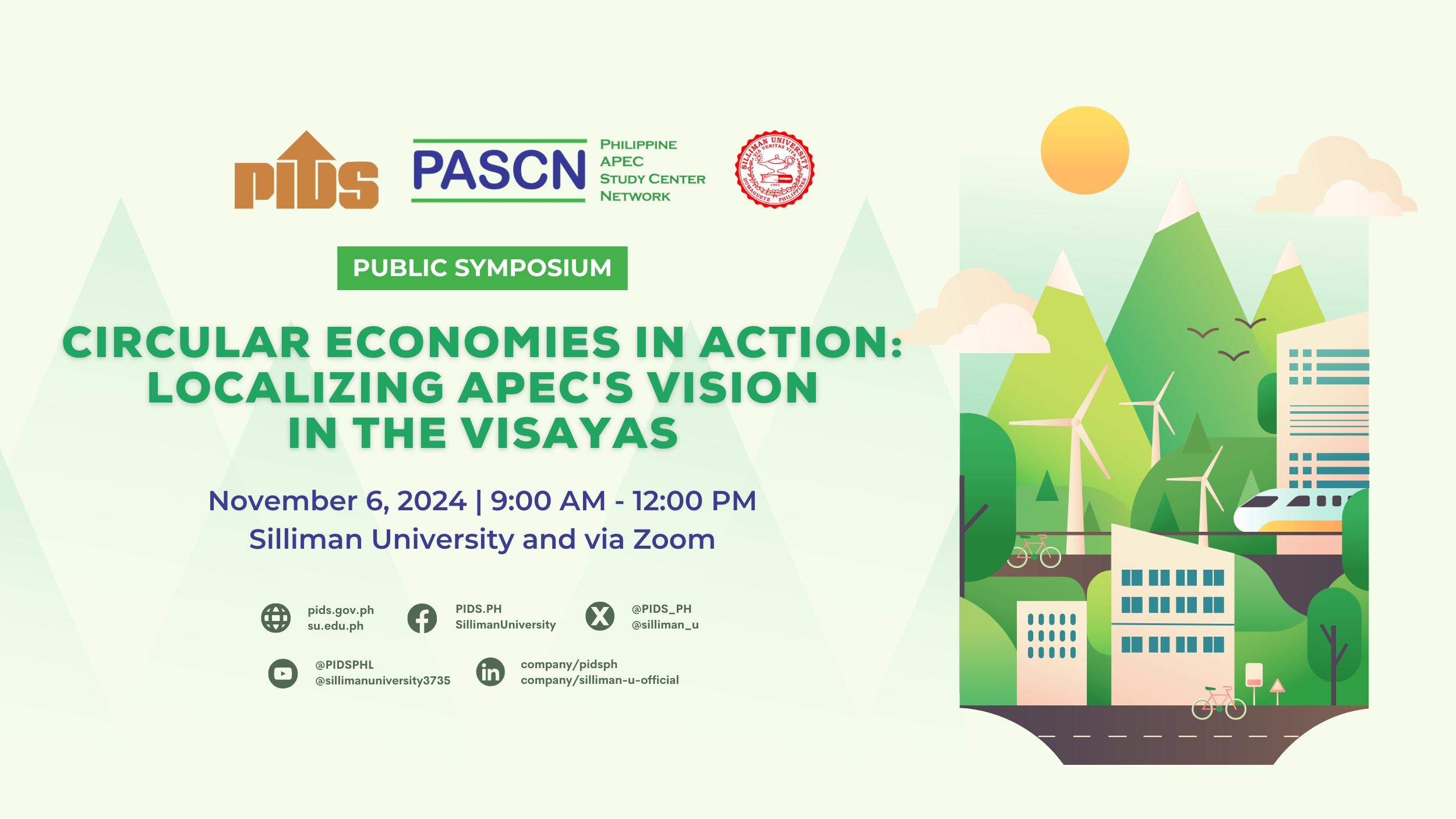INSTITUTIONS preparing for quality assurance (QA) visits for a degree program or institution-wide, could undergo a stressful search for exhibits to accompany the self-survey evaluation report. How can exhibits be prepared without stress and office overtime, utilizing today’s technology?
Brief history of QA for programs in the Philippines. In Philippine parlance, accreditation refers to QA of academic programs. The Philippine Accrediting Association of Schools, Colleges and Universities (PAASCU)may be considered as having introduced to the Philippine educational landscape “accreditation,” a popular QA mechanism for academic programs. Set up by 11 Catholic schools, PAASCU is the pioneer QA body in the Philippines—a private, voluntary, non-profit and non-stock corporation registered with the Securities and Exchange Commission on November 5, 1957.
Later, the Philippine Association of Colleges and Universities Commission on Accreditation (PACU-COA), established in 1973, separated from the Philippine Association of Colleges and Universities (PACU) and was duly SEC-registered in 1988. <http://www.pacucoa.ph/about_pacucoa.htm>. A third private QA body was also set up — the Philippine Association of Christian Schools, Colleges and Universities Accrediting Agency (PACSCU-AA), SEC-registered in 1986.<http://dirp3.pids.gov.ph/webportal/CDN/PUBLICATIONS /pidsdps1530.pdf>. In 1977, these three accrediting agencies were organized as the Federation of Accrediting Associations of the Philippines (FAAP) to encourage them to adopt common standards of excellence. A fourth one, the Accrediting Agency of Chartered Colleges and Universities of the Philippines (AACCUP), established in 1987and SEC-registered in 1989, eventually became a member of FAAP. I was in the pioneer committees of these three latter agencies that drew up the survey instruments modeled on those of PAASCU. The National Network of Quality Accrediting Agencies (NNQAA), which is inclusive of AACCUP and the Association of Local Colleges and Universities Commission on Accreditation (ALCUCOA) was SEC-registered on December 9, 2003. <http://www.alcucoa.org.ph/>.
Institution-wide QA. With quite a “stormy” birthing year (2005) media-wise, IQUAME is the pioneer institution-wide QA. Institutions aspiring to undergo IQUAME submit themselves directly to the Commission on Higher Education (CHED) which sets up the QA teams. Surviving for a decade and a half, IQUAME is being replaced today by the ISA—a CHED enhanced institutional QA providing guidelines/norms corresponding to the type/category of HEI—as a college, or a university or a professional institution. It is not one QA mechanism fits all. Whether focused on a program/s or institution-wide, and what type/category as an institution, “QA for CHED does not mean merely specifying the standards or specifications against which to measure or control quality,” but to make certain “that there are mechanisms, procedures and processes in place to ensure that the desired quality, however defined and measured, is delivered. https://www.britishcouncil.ph/…/annex6_draft_cmo_on_policy_standard toenhance>.
QA areas for evaluation. Areas for evaluation are “more qualitative than quantitative;” they “identify principles and practices found in excellent institutions” <paascu.org.ph/?page_id=105>. PACU-COA has evaluation areas similar to those of the other QA agencies:1) purposes and objectives (mission, vision, goals);2) faculty (academic degrees, teaching experience and performance, salary and fringe benefits, CPD program, etc.); 3) instruction (instructional delivery and supervision, the curriculum, syllabi, classroom management, academic counseling, and co-curricular activities); 4) laboratories (for general science, biology, physics, chemistry, computer and reading/speech); 5) research; 6) library (library holdings, audio visual aids, other equipment/technologies to support the school’s academic programs); 7) student services (extra-classroom services to students, including guidance and counseling, extracurricular activities, cafeteria, health and other services); 8) social orientation and community involvement (the HEI’s more direct and immediate manner of community service and how it impacts); 9) physical plant and facilities(function, maintenance, safety and adequacy of school campus buildings and facilities); and 10) organization and administration(different aspects of school governance: the organizational chart, qualifications and administrators’ performance, business and records management, planning and development).<http://www.pacucoaph/pacucoa_accredited_programs. htm>.
The evaluation process. Institutions requesting a visit for eventual program accreditation or institutional QA, submit their self-evaluation reports along with area exhibits to the QA agency or if under the then IQUAME, to CHED. In turn, accrediting/QA teams during their several days actual campus visit refer to this self-evaluation report to look at how the institution’s actual practice matches with the avowed institution’s mission/vision and purposes. They interview officials, staff and students and relevant publics and request to see actual activities as reported.
Expediting exhibits preparation. On my assuming the post of VP for academics at Xavier U, the Ateneo de Cagayan, my office and those of all deans adopted a coding/classification office filing system which matched the sequence of the areas and subtopics of the PAASCU self-survey form, PAASCU being our choice at Xavier U for program QA. To illustrate: Area 1 Purposes and Objectives, therefore, coding/classification of office files and data base would be Code 1 “Purposes and Objectives;” for the subtopics, code with 1.1, etc. File the HEI’s vision, mission, etc. and those of each college in Code 1 of the respective office files and data base. Area 2Facultywould be Code 2“Faculty” and subtopics as 1.1., etc.; Area 3 Instruction, would be Code 3“Instruction”etc. and likewise to the last area (e.g. Administration).Scan photocopies in the office files for the database. Matter not covered by the self-survey form, we coded under “Others.” Matching office files and the data base with that of QA self-survey areas and area subtopics greatly helps expedites elf-survey reports preparation. Such becomes part of the daily office grind. This system, with some adjustments, will likely suffice for the forthcoming ISA, sans frenzied hunt for exhibits!
Brief history of QA for programs in the Philippines. In Philippine parlance, accreditation refers to QA of academic programs. The Philippine Accrediting Association of Schools, Colleges and Universities (PAASCU)may be considered as having introduced to the Philippine educational landscape “accreditation,” a popular QA mechanism for academic programs. Set up by 11 Catholic schools, PAASCU is the pioneer QA body in the Philippines—a private, voluntary, non-profit and non-stock corporation registered with the Securities and Exchange Commission on November 5, 1957.
Later, the Philippine Association of Colleges and Universities Commission on Accreditation (PACU-COA), established in 1973, separated from the Philippine Association of Colleges and Universities (PACU) and was duly SEC-registered in 1988. <http://www.pacucoa.ph/about_pacucoa.htm>. A third private QA body was also set up — the Philippine Association of Christian Schools, Colleges and Universities Accrediting Agency (PACSCU-AA), SEC-registered in 1986.<http://dirp3.pids.gov.ph/webportal/CDN/PUBLICATIONS /pidsdps1530.pdf>. In 1977, these three accrediting agencies were organized as the Federation of Accrediting Associations of the Philippines (FAAP) to encourage them to adopt common standards of excellence. A fourth one, the Accrediting Agency of Chartered Colleges and Universities of the Philippines (AACCUP), established in 1987and SEC-registered in 1989, eventually became a member of FAAP. I was in the pioneer committees of these three latter agencies that drew up the survey instruments modeled on those of PAASCU. The National Network of Quality Accrediting Agencies (NNQAA), which is inclusive of AACCUP and the Association of Local Colleges and Universities Commission on Accreditation (ALCUCOA) was SEC-registered on December 9, 2003. <http://www.alcucoa.org.ph/>.
Institution-wide QA. With quite a “stormy” birthing year (2005) media-wise, IQUAME is the pioneer institution-wide QA. Institutions aspiring to undergo IQUAME submit themselves directly to the Commission on Higher Education (CHED) which sets up the QA teams. Surviving for a decade and a half, IQUAME is being replaced today by the ISA—a CHED enhanced institutional QA providing guidelines/norms corresponding to the type/category of HEI—as a college, or a university or a professional institution. It is not one QA mechanism fits all. Whether focused on a program/s or institution-wide, and what type/category as an institution, “QA for CHED does not mean merely specifying the standards or specifications against which to measure or control quality,” but to make certain “that there are mechanisms, procedures and processes in place to ensure that the desired quality, however defined and measured, is delivered. https://www.britishcouncil.ph/…/annex6_draft_cmo_on_policy_standard toenhance>.
QA areas for evaluation. Areas for evaluation are “more qualitative than quantitative;” they “identify principles and practices found in excellent institutions” <paascu.org.ph/?page_id=105>. PACU-COA has evaluation areas similar to those of the other QA agencies:1) purposes and objectives (mission, vision, goals);2) faculty (academic degrees, teaching experience and performance, salary and fringe benefits, CPD program, etc.); 3) instruction (instructional delivery and supervision, the curriculum, syllabi, classroom management, academic counseling, and co-curricular activities); 4) laboratories (for general science, biology, physics, chemistry, computer and reading/speech); 5) research; 6) library (library holdings, audio visual aids, other equipment/technologies to support the school’s academic programs); 7) student services (extra-classroom services to students, including guidance and counseling, extracurricular activities, cafeteria, health and other services); 8) social orientation and community involvement (the HEI’s more direct and immediate manner of community service and how it impacts); 9) physical plant and facilities(function, maintenance, safety and adequacy of school campus buildings and facilities); and 10) organization and administration(different aspects of school governance: the organizational chart, qualifications and administrators’ performance, business and records management, planning and development).<http://www.pacucoaph/pacucoa_accredited_programs. htm>.
The evaluation process. Institutions requesting a visit for eventual program accreditation or institutional QA, submit their self-evaluation reports along with area exhibits to the QA agency or if under the then IQUAME, to CHED. In turn, accrediting/QA teams during their several days actual campus visit refer to this self-evaluation report to look at how the institution’s actual practice matches with the avowed institution’s mission/vision and purposes. They interview officials, staff and students and relevant publics and request to see actual activities as reported.
Expediting exhibits preparation. On my assuming the post of VP for academics at Xavier U, the Ateneo de Cagayan, my office and those of all deans adopted a coding/classification office filing system which matched the sequence of the areas and subtopics of the PAASCU self-survey form, PAASCU being our choice at Xavier U for program QA. To illustrate: Area 1 Purposes and Objectives, therefore, coding/classification of office files and data base would be Code 1 “Purposes and Objectives;” for the subtopics, code with 1.1, etc. File the HEI’s vision, mission, etc. and those of each college in Code 1 of the respective office files and data base. Area 2Facultywould be Code 2“Faculty” and subtopics as 1.1., etc.; Area 3 Instruction, would be Code 3“Instruction”etc. and likewise to the last area (e.g. Administration).Scan photocopies in the office files for the database. Matter not covered by the self-survey form, we coded under “Others.” Matching office files and the data base with that of QA self-survey areas and area subtopics greatly helps expedites elf-survey reports preparation. Such becomes part of the daily office grind. This system, with some adjustments, will likely suffice for the forthcoming ISA, sans frenzied hunt for exhibits!












